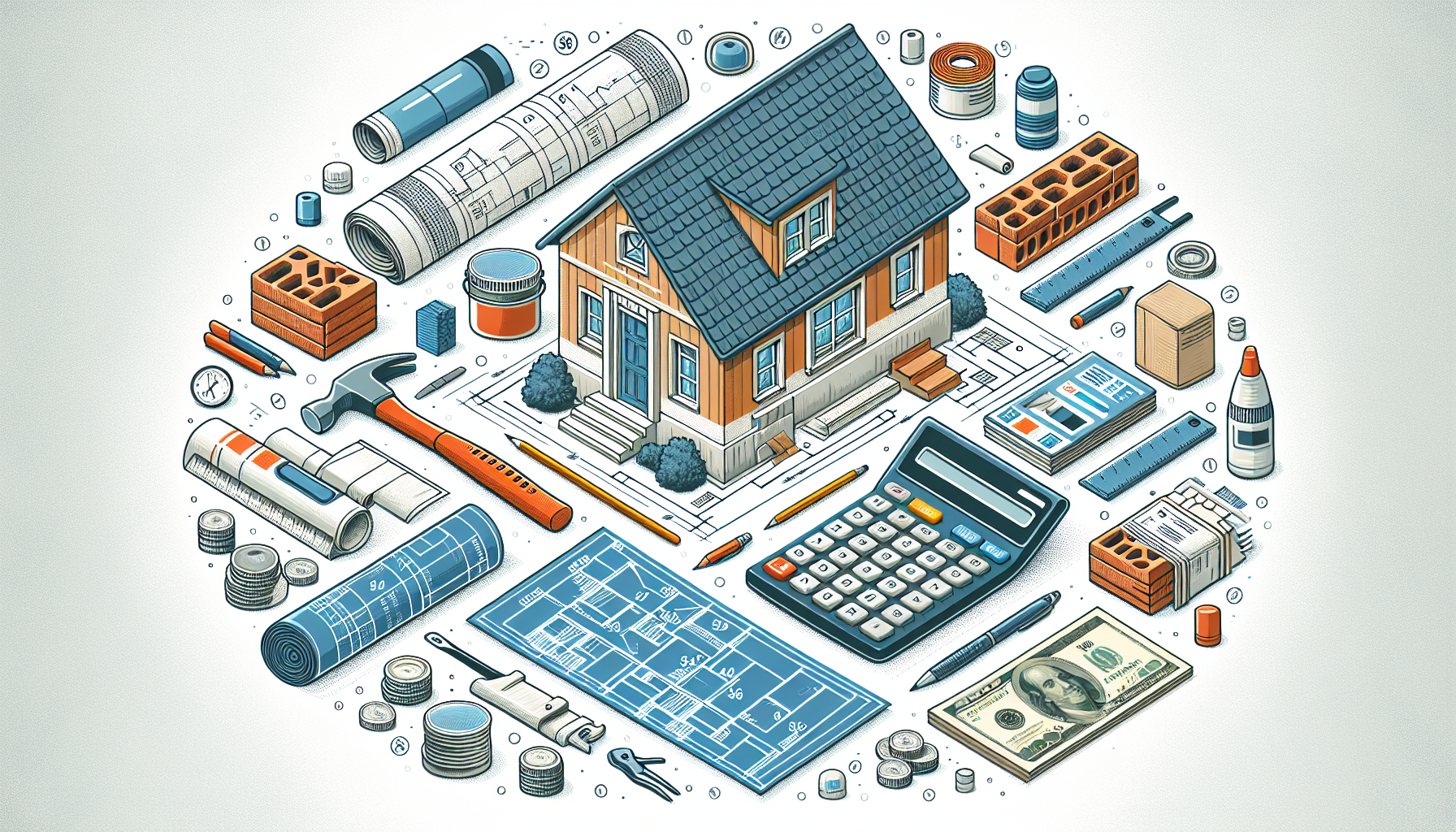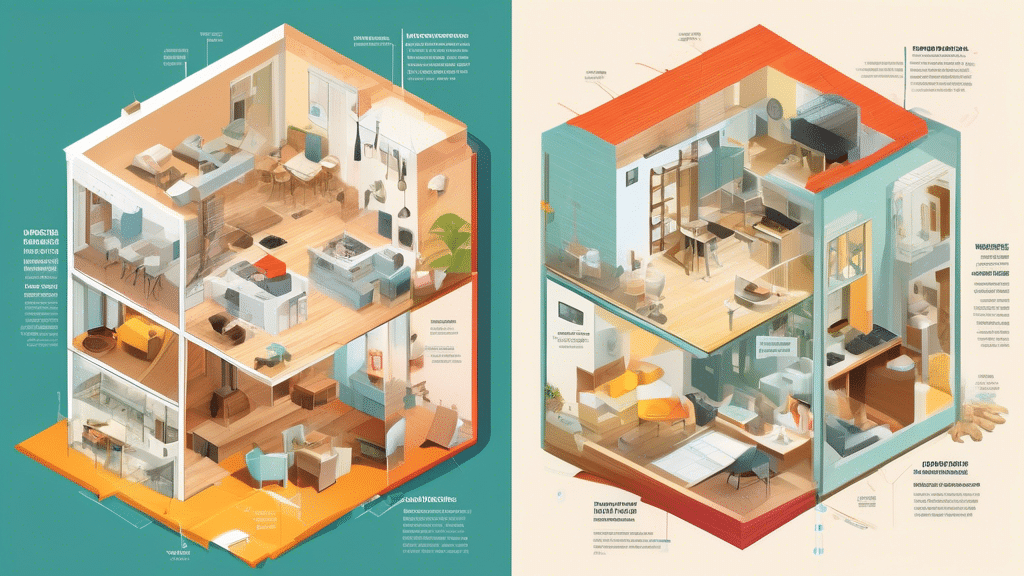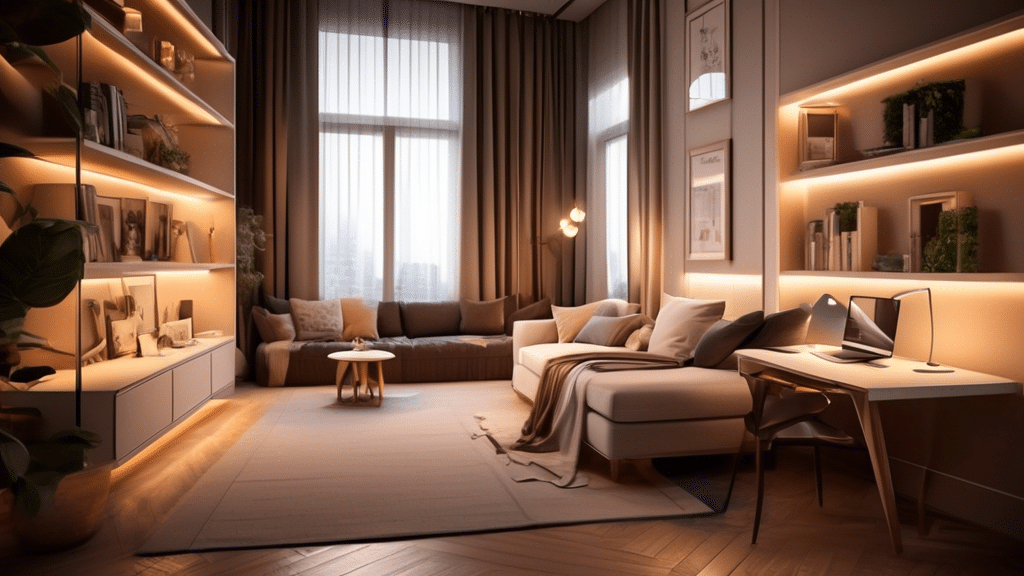Understanding the Basics of Home Renovation Costs
Embarking on a home renovation journey can be an exhilarating yet daunting experience. Whether you’re looking to update your kitchen, refashion your living room, or undertake a full-house makeover, understanding the basics of renovation costs is critical. As your guiding sage through the realm of home renovations, I’ll help unravel the complexities of budgeting, cost factors, and how to navigate the financial aspects of transforming your home.
Starting Point: Setting a Budget
First and foremost, setting a budget is your cornerstone. Before any physical work begins, pinpointing how much you’re willing to spend dictates the scope and scale of your renovation project. It’s not merely about how much you desire to spend, but also considering a buffer for unforeseen expenses— a common occurrence in renovations. Typically, setting aside an additional 10-20% of your budget can save you from unexpected headaches down the line.
Cost Factors at a Glance
Diving deeper, several key factors influence renovation costs:
- The Scope of Renovation: Are you planning cosmetic changes, or is it a structural overhaul? The grander the scope, the higher the costs.
- Materials and Finishes: The quality and type of materials significantly impact your budget. High-end finishes and luxury materials will drive up costs.
- Labor: Skilled labor isn’t cheap. Depending on the complexity and duration of the project, labor can consume a notable portion of your budget.
- Permits and Regulations: Depending on your location, certain renovations may require permits, adding to your overall costs.
- Location: Renovation costs vary widely by region. Urban areas tend to have higher renovation costs compared to rural locations.
Decoding the Price Tags: Typical Renovation Costs
While it’s challenging to pinpoint exact renovation costs due to the variables mentioned, a generalized understanding can help set realistic expectations. For instance, minor kitchen remodels can start from $10,000 to $15,000, whereas major overhauls can skyrocket well above $50,000. Bathroom renovations typically range from $6,000 to $14,000. Remember, these are ballpark figures, and actual costs can vary based on individual project details.
Strategic Planning for Cost-Effective Renovations
Strategic planning can significantly minimize your financial strain. Consider the following tips:
- Prioritize Your Renovations: Not all renovations offer the same return on investment (ROI). Focus on changes that increase your property’s value.
- Quotes and Comparisons: Obtain multiple quotes to ensure you’re getting competitive pricing. However, remember the cheapest option isn’t always the best.
- DIY or Professional? Evaluate which tasks you can feasibly do yourself to save on labor costs. For complex or specialized tasks, it’s prudent to hire professionals.
- Seasonal Timing: Timing your renovation during off-peak seasons can lead to lower costs and quicker project timelines.
Conclusion: Empowerment Through Knowledge
Understanding the basics of home renovation costs empowers you to make informed decisions, ensuring your project stays within budget without compromising on your vision. Remember, thorough research, careful planning, and a strategic approach are your best allies in navigating the financial waters of home renovation. With these insights, you’re better equipped to embark on your renovation journey confidently and efficiently.


